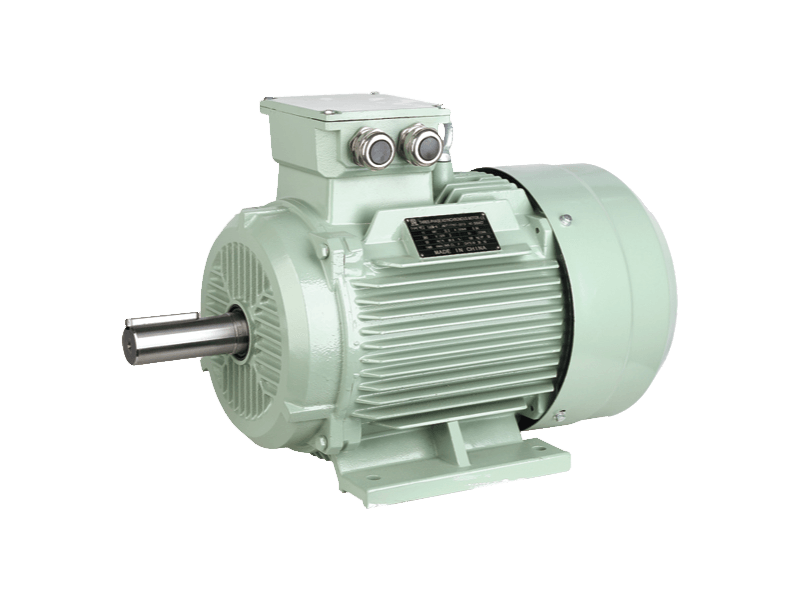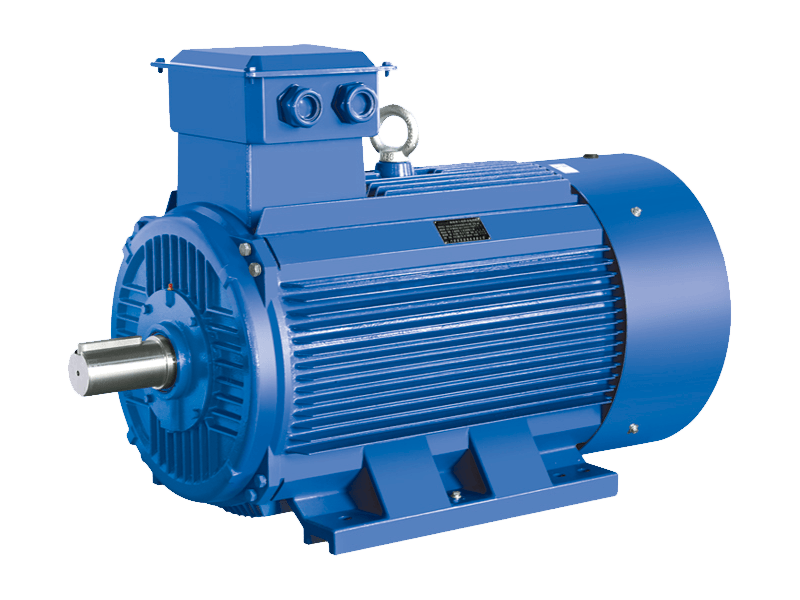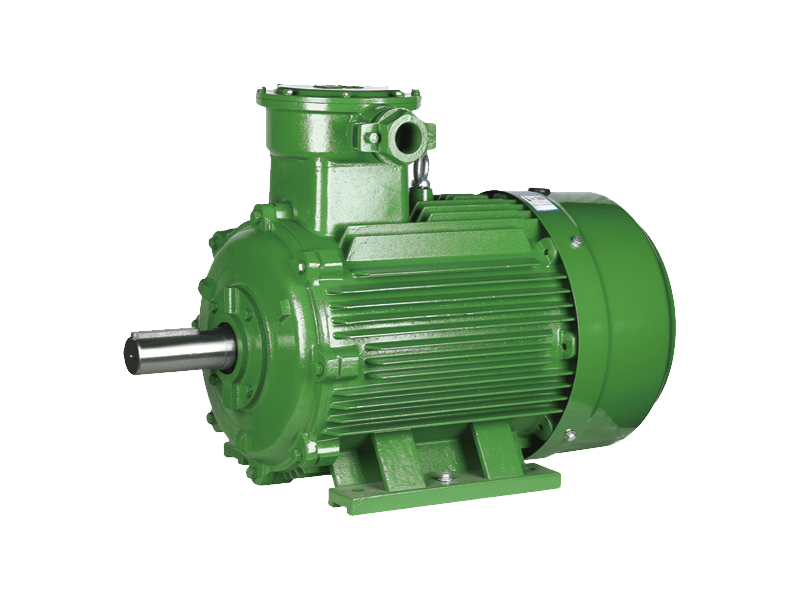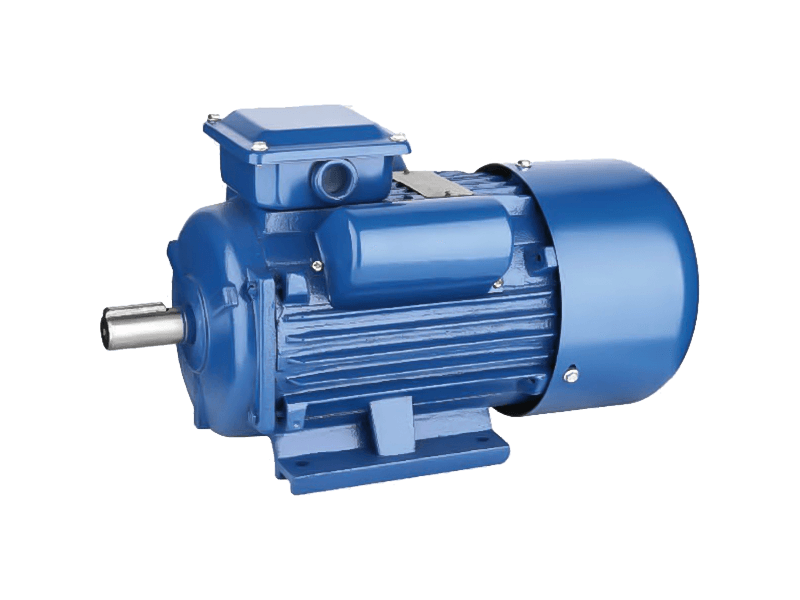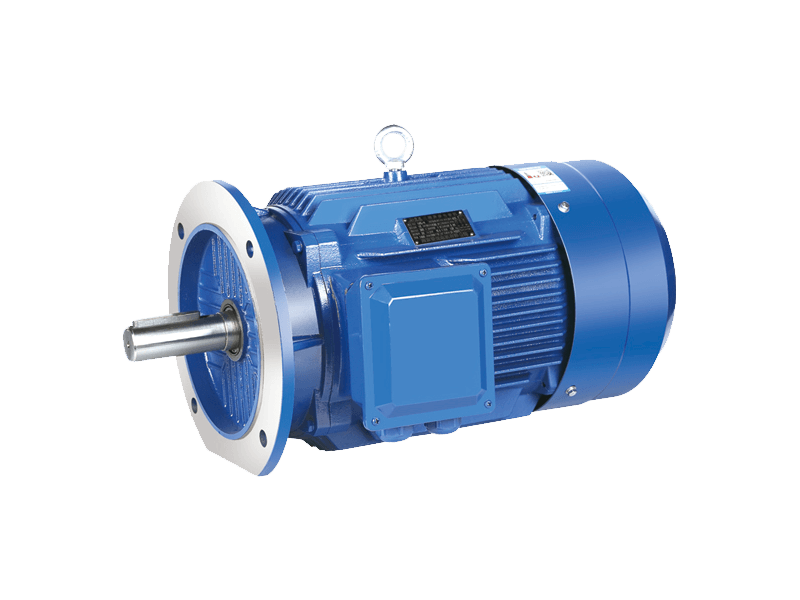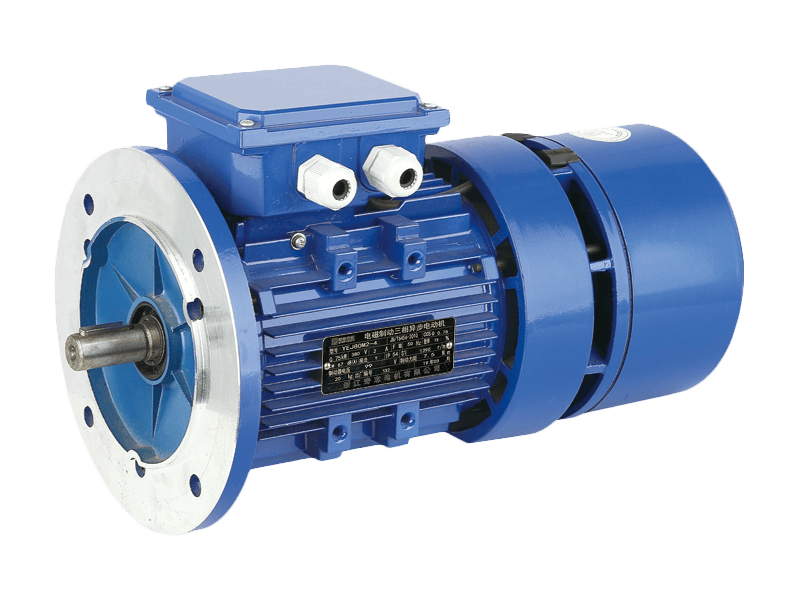In a brushless DC motor, the stator coils are wound in a trapezoidal shape, and the back EMF generated has a trapezoidal waveform. Because of the trapezoidal waveform, the required DC is obtained in order for better performance. In contrast, synchronous AC motors are sinusoidally wound and generate a sinusoidal back EMF, therefore, they require sinusoidal current for better performance.
This type of current has an effect on the overall noise produced by the motor. The trapezoidal current used by a brushless DC motor tends to produce a huge audible and electronic noise compared to a synchronous AC motor with a sinusoidal drive.
Commutation, which converts the phase currents of the motor to drive the appropriate electronic coils, is determined by the stator position. In brushless DC motors, the rotor position is typically monitored by three Hall sensors. And the commutation is by six steps, or every 60 electron degrees. Because the commutation is discontinuous, at each commutation (every 60 degrees) a torque ripple is created.
Synchronous
AC motors can benefit from constant monitoring of the rotor position through a separate Hall sensor or rotary encoder, combined with the control logic. Because commutation is continuous, synchronous AC motors can operate without torque ripple. However, sinusoidal commutation, compared to trapezoidal commutation, requires a more complex control algorithm.
Although the construction is very consistent, the difference between DC and back EMF in BLDC vs PM AC motors is an important distinction. In terms of control and performance, the application of proper DC and control is a very important factor.

